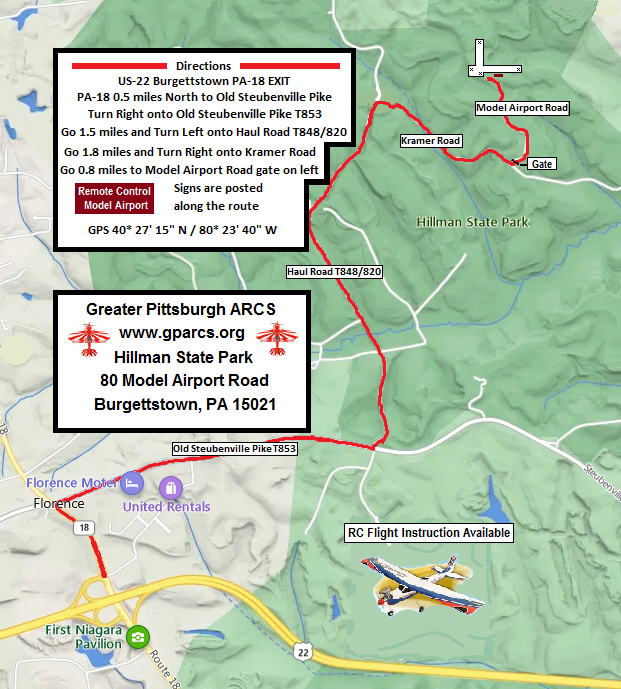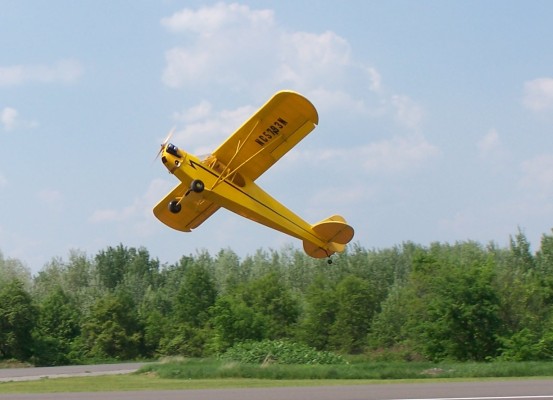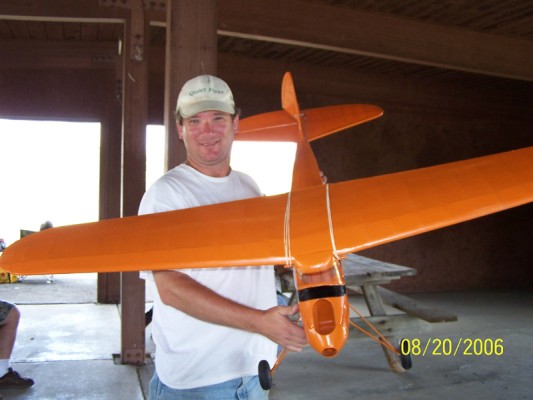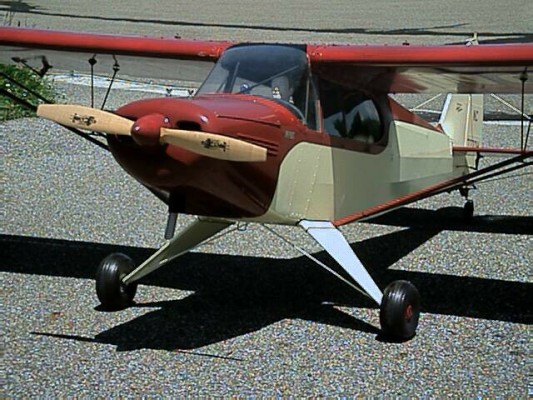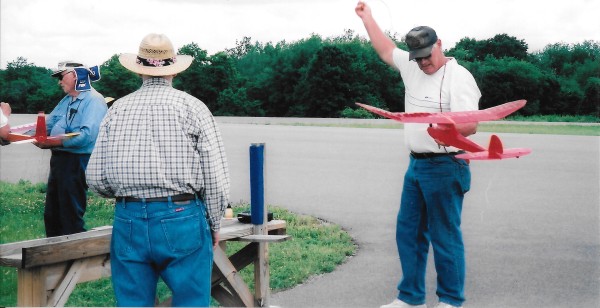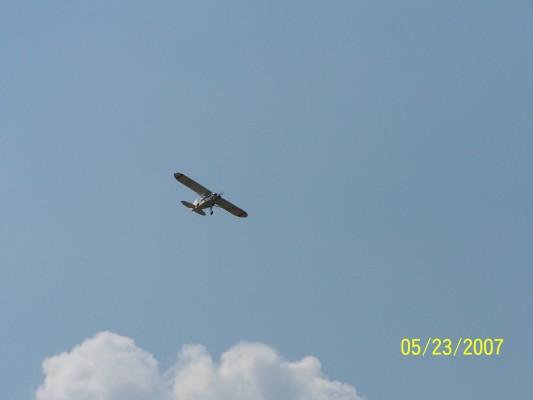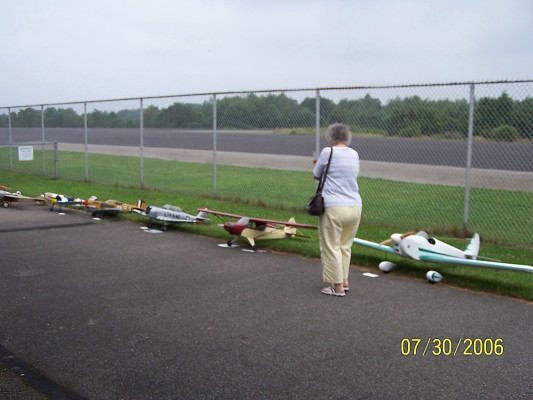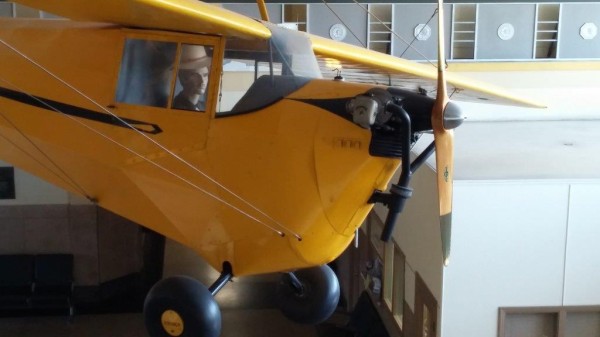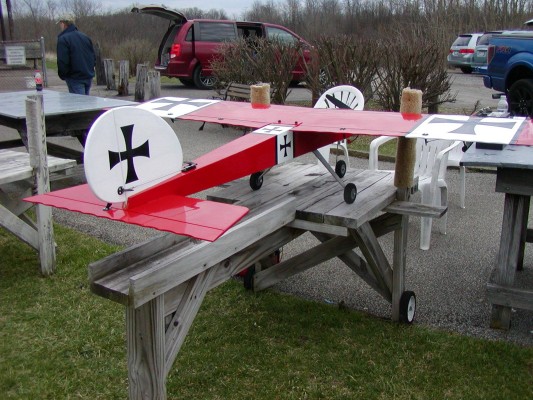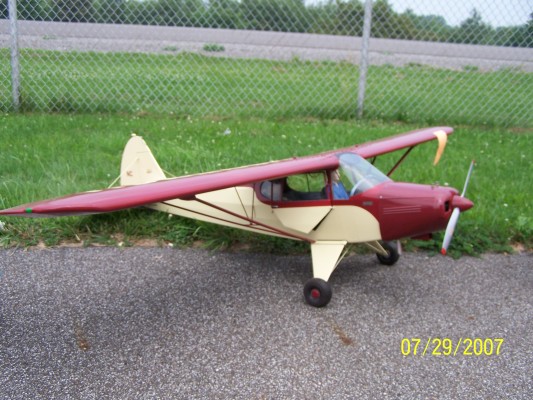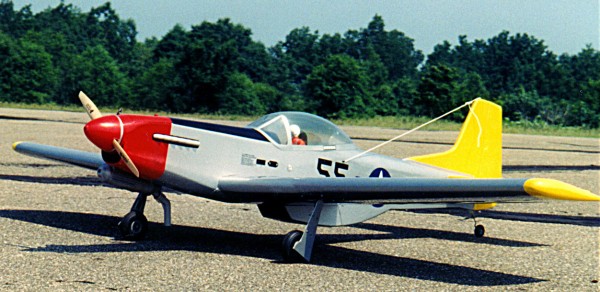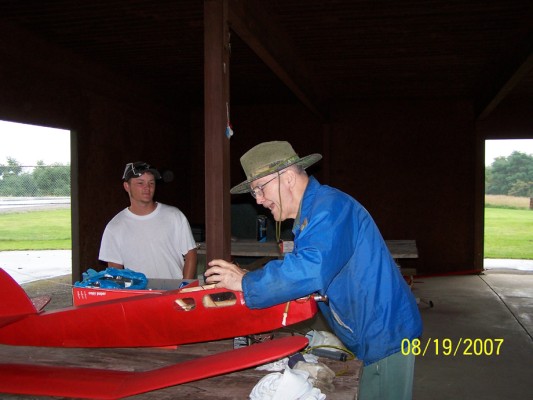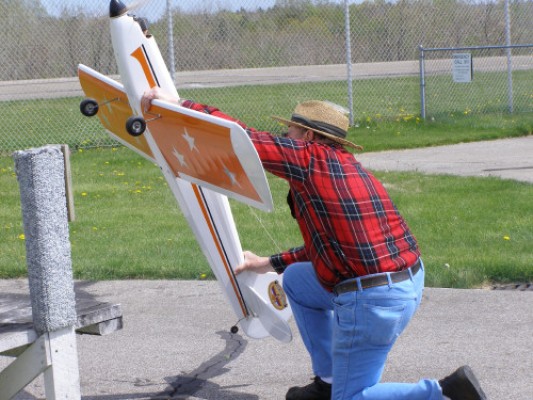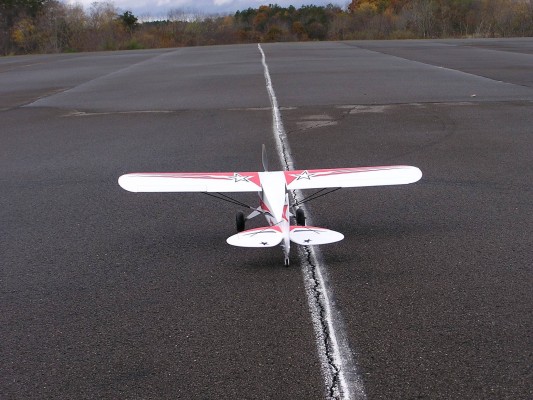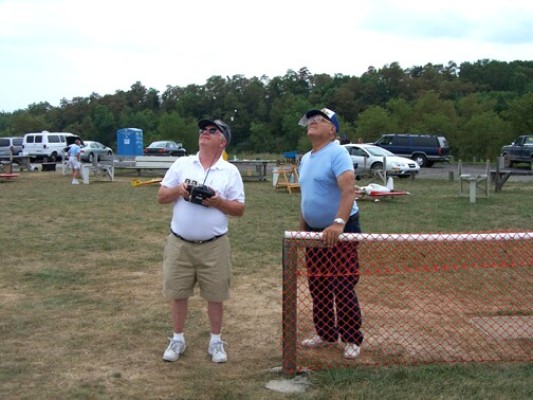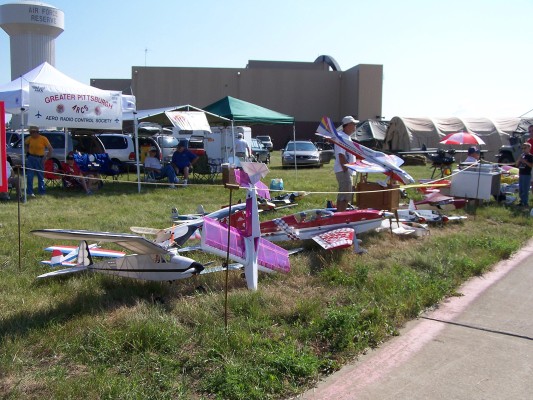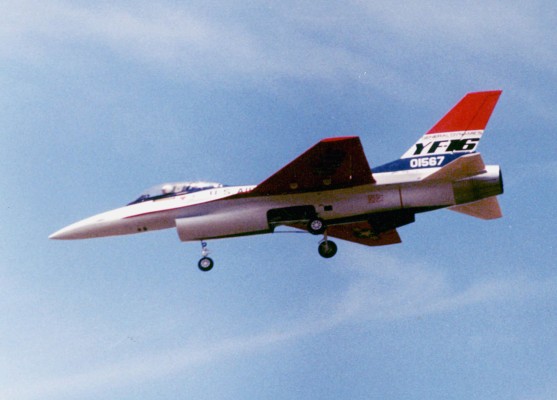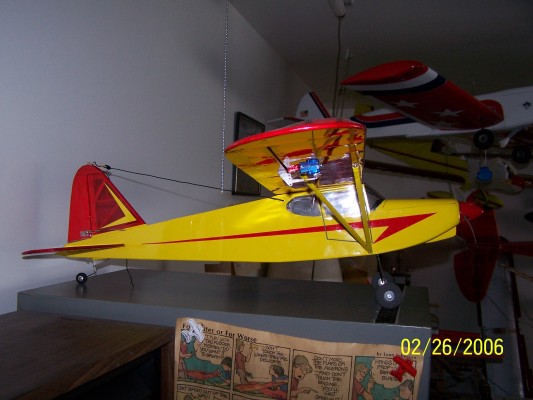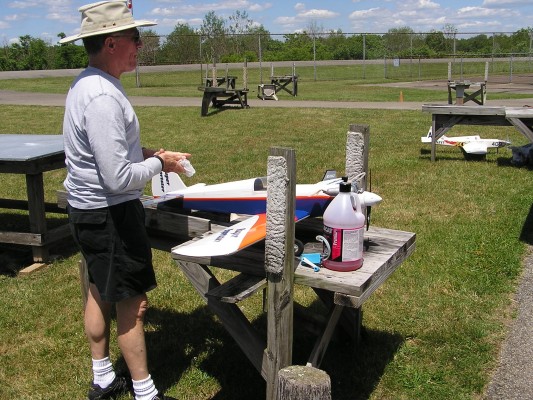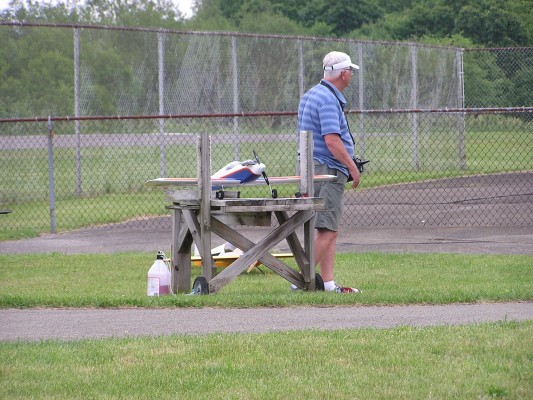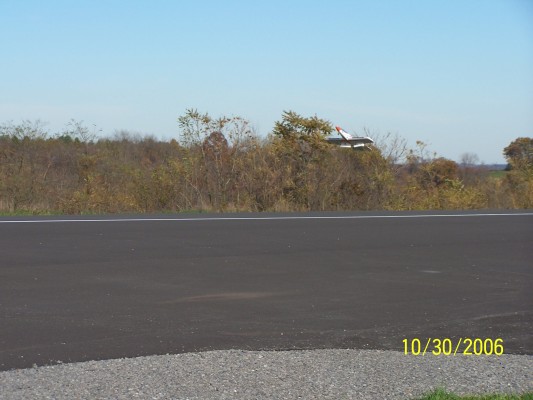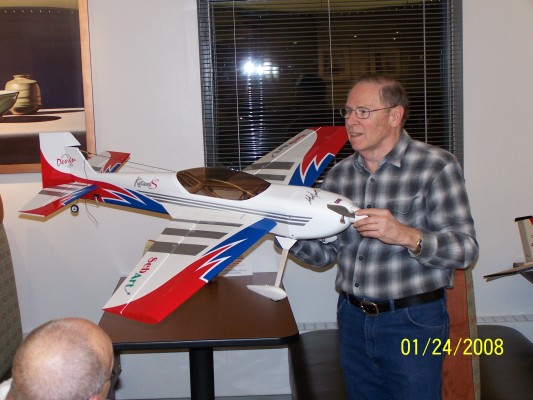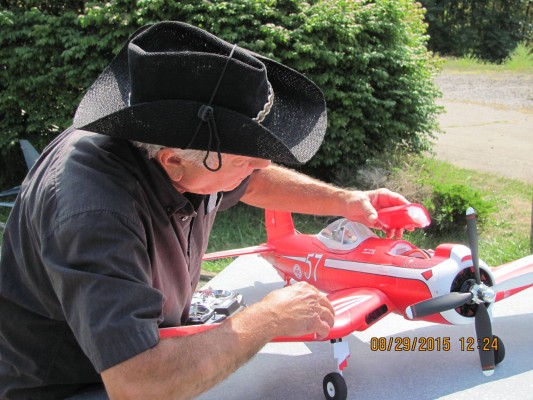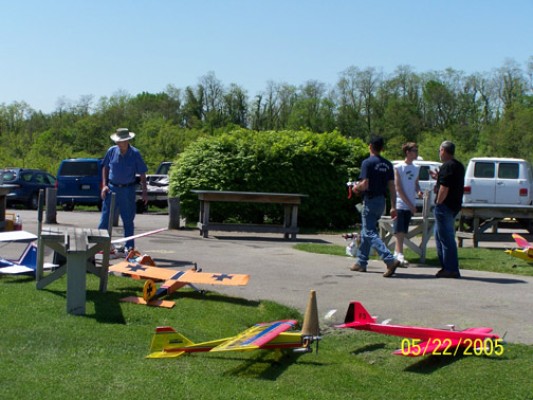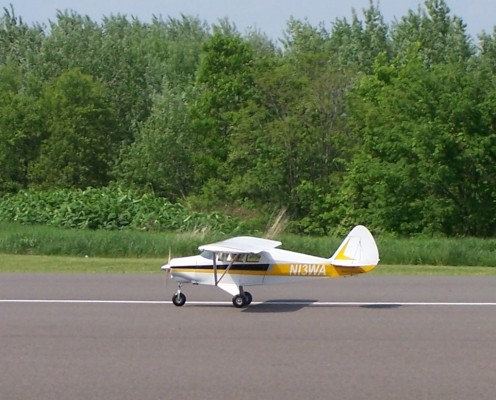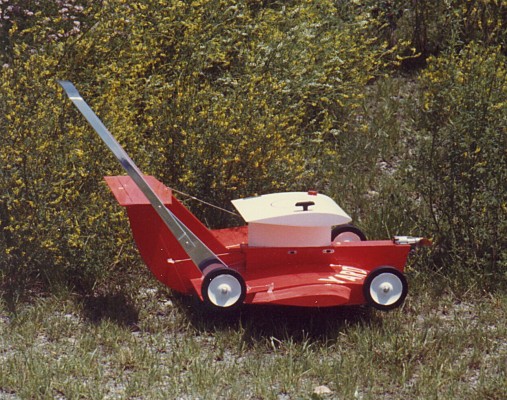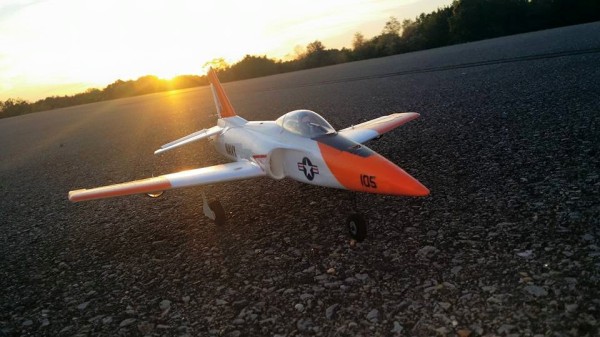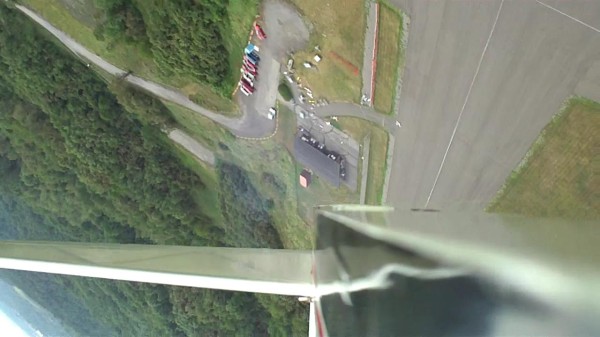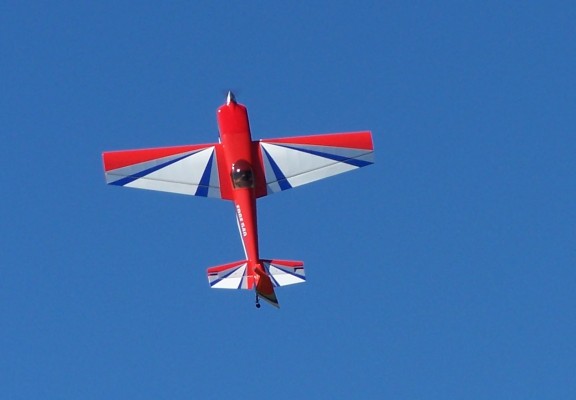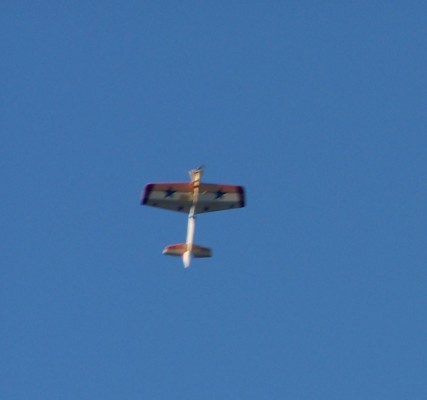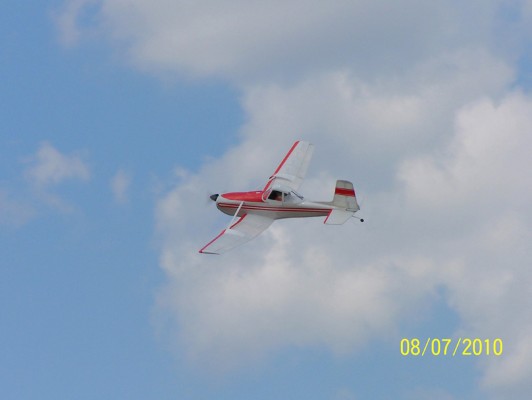Who we are..
AMA Chapter #551
A remote control airplane model club located west of Pittsburgh PA and chartered club of the Academy of Model Aeronautics (AMA) since 1956. Our premier flying field the K. Leroy Irvis Radio Control Model Airport is located in the Hillman State Park, near Burgettstown PA 15021. We operate and maintain this flight field which offers 2 paved runways, covered pavilion and port-a-john. We are a diverse group of Radio Control Enthusiast. With interests in all things that fly including very small electric models that weigh a few ounces, turbine powered jets, gliders, scale models, sport models, glow, gas, electric. Some of us design, and build our own planes, while others just enjoy the flying aspect of the hobby. We just a group of plane people with a special air about them.
Join us and come on out and watch us fly.
Learn to fly Radio Control Model Airplanes
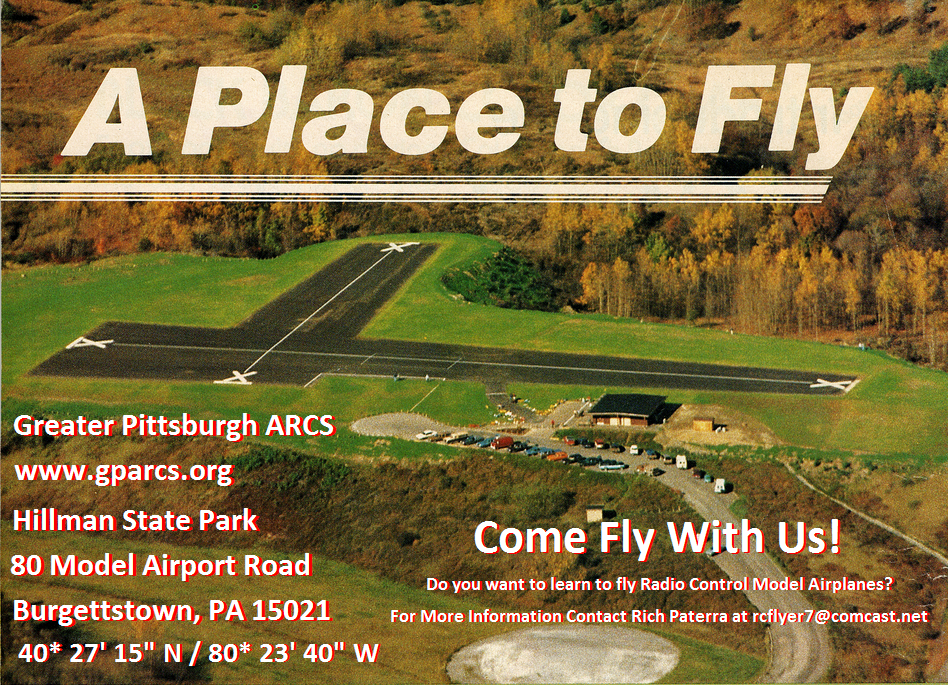
Contact us, we'll teach you!!
Upcoming events.
-
Club Meeting
5/23/2024 7:00pm
Eatn`Park 100 Park Manor Dr Robinson Twp
Directions
**beverages provided.
-
Club Meeting
7/25/2024 7:00pm
Eatn`Park 100 Park Manor Dr Robinson Twp
Directions
**beverages provided.
-
Club Meeting
9/26/2024 7:00pm
Eatn`Park 100 Park Manor Dr Robinson Twp
Directions
**beverages provided.
-
Club Meeting
10/24/2024 7:00pm
Eatn`Park 100 Park Manor Dr Robinson Twp
Directions
**beverages provided.
-
Club Meeting
11/21/2024 7:00pm
Eatn`Park 100 Park Manor Dr Robinson Twp
Directions
**beverages and dessert provided.
Who's in charge.
Officers
President
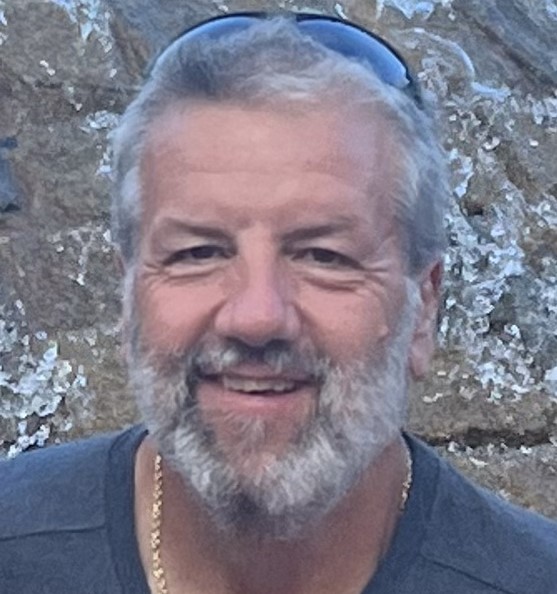
Vice President
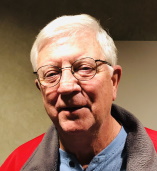
Secretary

Treasurer
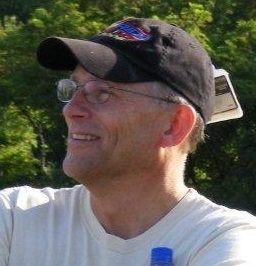
Where Are We Located?
